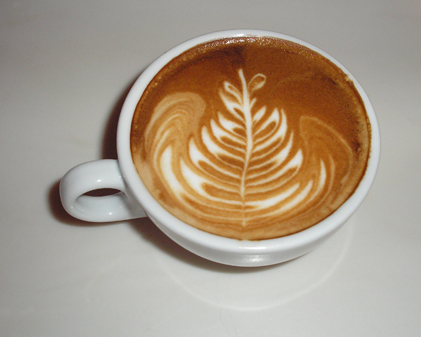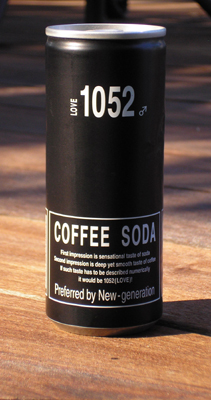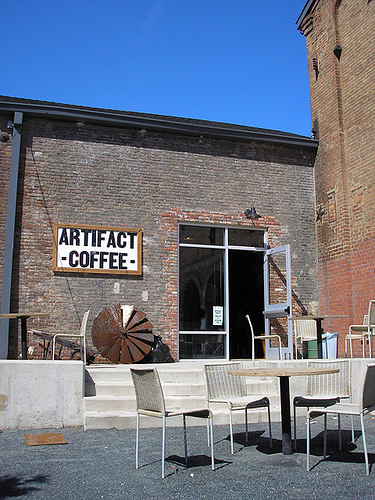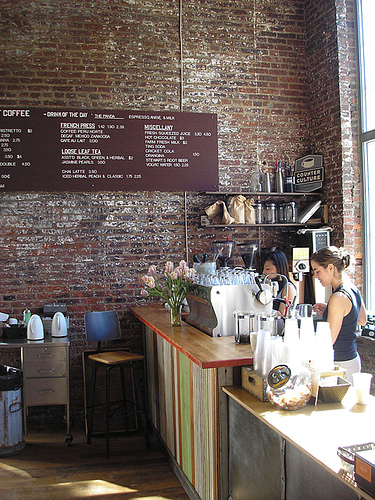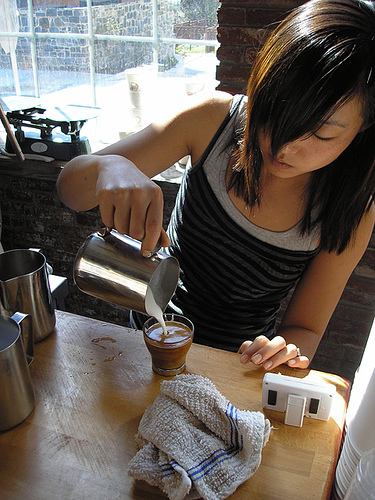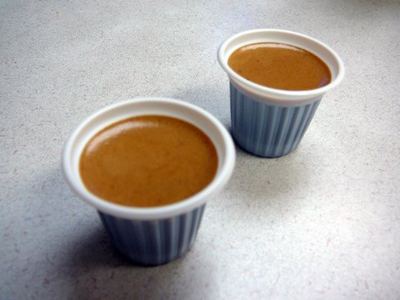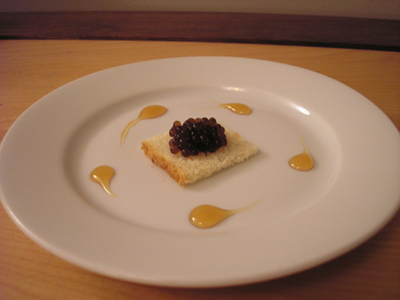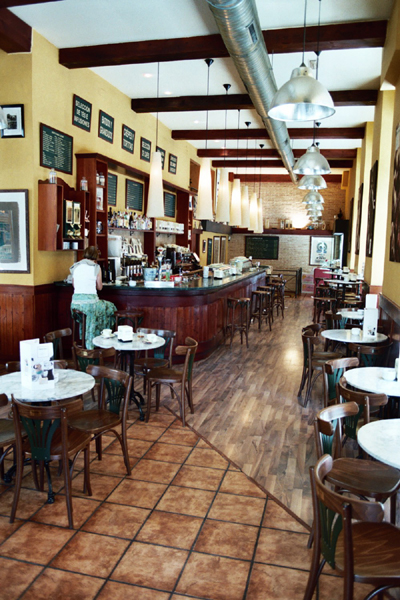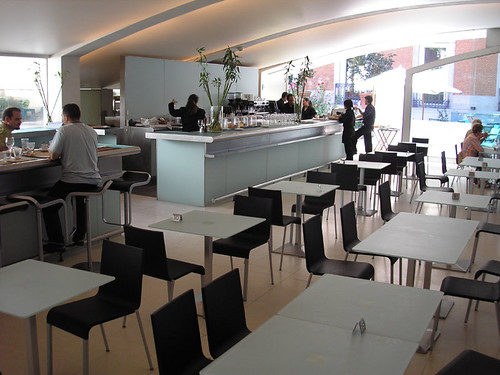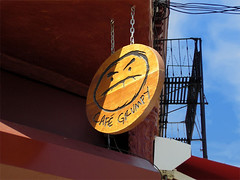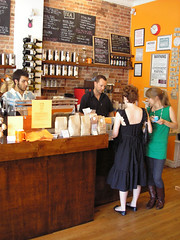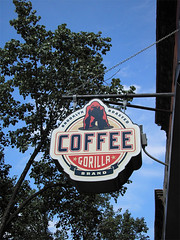
Folks often ask me how much coffee to use when brewing. I used to give answers like “approximately 2 tablespoons per 6 oz. cup.” Then the inevitable follow-up question would be about how much to use when making a pot. I finally got tired of the confusion that would then ensue when trying to figure out what size coffee maker someone had and how that translated into actual, discreet measurements.
After reading what food writer Michael Ruhlman had to say on measurements, I began to think in terms of ratios, not quantities. After some experimentation with different brewing methods and proportions, I think that I finally hit the magic ratio… 1:15.
1 part coffee to 15 parts water by weight.
Now, this means that you’ll need a scale to weigh your coffee. But the good news is that an accurate digital scale can be had for $20 - $30 and it’s a very valuable tool in the kitchen for things other than weighing coffee. Recipes (particularly baked goods) come out more consistently when the ingredients are weighed versus portioned out volumetrically. Ever try to scale up a recipe? It can be a nightmare when you’re dealing in teaspoons or pints or cups. Also, bonus points for never having to sift flour ever again.
Now, back to coffee… if you know how much brewed coffee you want, you can either weigh that amount of water, or just take the measurement in milliliters (mL) and divide it by 15 and you know how many grams of coffee are required. One beautiful thing about the metric system is that 1 mL weighs exactly 1 gram. It’s much more logical than the imperial system.
I’ve tried the 1:15 ratio with various methods of brewing and it consistently delivers, whether you’re making coffee for yourself, or twenty of your closest friends.

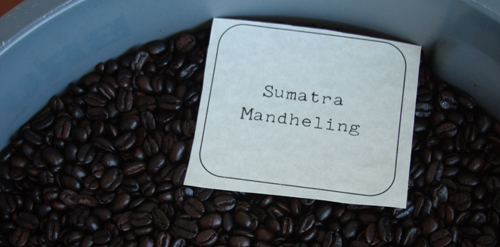

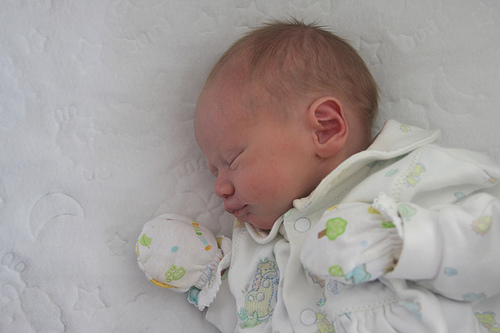

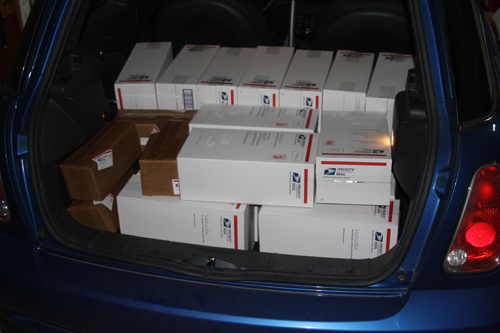

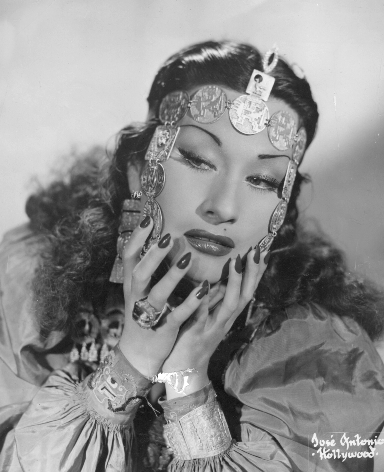
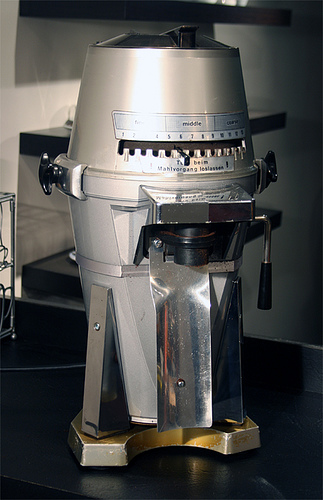

 As a result, the Bobolink cows only need to be milked once daily, as opposed to twice, which is the norm for industrial, confinement-based dairy cows. What they sacrifice in quantity though, they gain back in quality. Because the cows graze on seasonal grasses and because cheese is only produced from April to November, the flavor of the grass comes through. That doesn't happen with feedlot cows, which eat silage (semi-fermented, chopped cornstalks) and a lot of grain. You know the TV ad about happy cows? Well, I don't know if it's possible for a cow to be happy, but if it is, Jonathan's are.
As a result, the Bobolink cows only need to be milked once daily, as opposed to twice, which is the norm for industrial, confinement-based dairy cows. What they sacrifice in quantity though, they gain back in quality. Because the cows graze on seasonal grasses and because cheese is only produced from April to November, the flavor of the grass comes through. That doesn't happen with feedlot cows, which eat silage (semi-fermented, chopped cornstalks) and a lot of grain. You know the TV ad about happy cows? Well, I don't know if it's possible for a cow to be happy, but if it is, Jonathan's are. York City region that exemplify successful examples of urban-rural partnerships in sustainable agriculture. Tony Bourdain also shot a segment of his food and travel show, "No Reservations" there, where they made a yummy-looking cheese and egg pizza for breakfast.
York City region that exemplify successful examples of urban-rural partnerships in sustainable agriculture. Tony Bourdain also shot a segment of his food and travel show, "No Reservations" there, where they made a yummy-looking cheese and egg pizza for breakfast.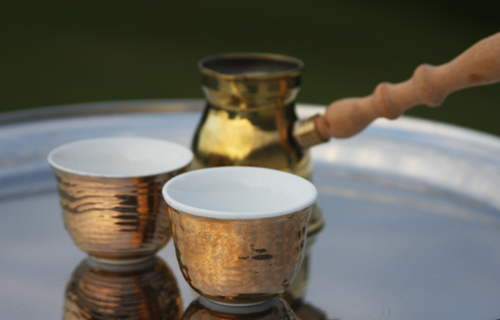
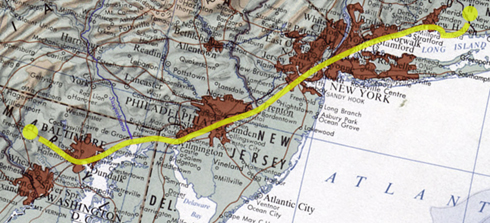
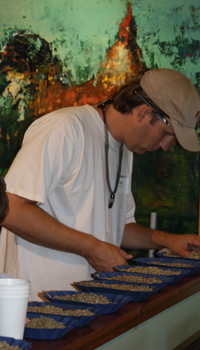 eager to share their knowledge (and learn a few new tricks). Terry Davis, owner of Ambex Roasters, a roasting equipment manufacturer, demonstrated how different batches of the same coffee can taste dramatically different just by altering the time/temperature profile of the roast.
eager to share their knowledge (and learn a few new tricks). Terry Davis, owner of Ambex Roasters, a roasting equipment manufacturer, demonstrated how different batches of the same coffee can taste dramatically different just by altering the time/temperature profile of the roast.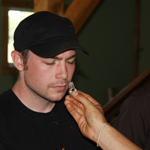 Sometimes when cupping coffee, I'm at a loss for words to describe a taste. Exercises like this give me an aromatic glossary to refer back to.
Sometimes when cupping coffee, I'm at a loss for words to describe a taste. Exercises like this give me an aromatic glossary to refer back to.











